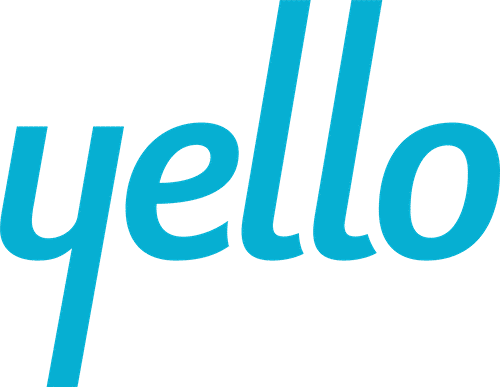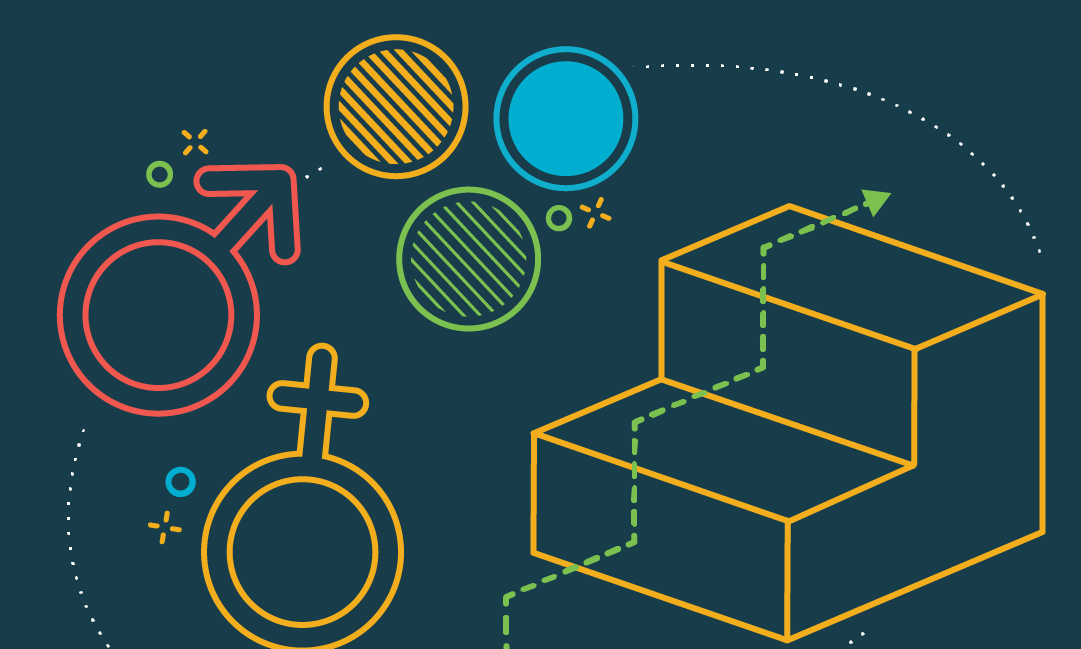We connected with Michelle Y. Bess, Diversity, Equity and Inclusion Director at Sprout Social, about how companies can begin their diversity, equity and inclusion (DEI) journeys. Read on to hear Michelle’s beliefs on why companies lose before they begin, how focusing on quick wins can make a major impact and why doing several things at once is better than just one.
What are the first steps to prioritizing diversity, equity and inclusion?
When organizations decide it’s time to prioritize DEI, the first step is to determine why DEI is important and clearly articulate this reasoning. If you can’t explain why DEI is important, you’ve lost before you’ve begun. Why? Because people won’t trust you.
Companies must also define what diversity means for them. In Yello’s diversity recruiting research, we see that age is now rated higher than race/ethnicity in terms of importance to survey respondents. However, the identities that are most important at a company depend on their population and what its employees think and care about. To be successful, companies not only need to determine priority identities for their organization, but specifically name them. This means moving away from using the term “diversity” and instead focusing the conversation on specific priority identities. The term “diversity” is confusing because it doesn’t directly address the issue, and makes goal setting difficult. Without clarity, people don’t know what to prioritize.
The term “diversity” is confusing because it doesn’t directly address the issue, and makes goal setting difficult.
How should companies determine priority identities?
Organizations need to ask their employees what is most important. So often, when we hear about diversity, equity and inclusion, we jump straight to diversity and recruitment. But depending on the company, employees may care about inclusion of working parents, equity in benefits for the LGBTQIA+ community, pay equity, corporate social responsibility/volunteering… the list goes on. As a leader of DEI work, it’s important to gather information on what employees consider important through a survey, focus groups and one-on-one interviews. From there, you can determine your priorities.
When priorities are determined, start securing quick wins. Quick wins are low-lift items that have a really big impact. These can include adding pronouns to your email signatures, hosting company events where employees can bring their families or planning lunch and learns on topics related to DEI. By carrying out low-lift, but high-impact initiatives, companies can demonstrate commitment, show they’re paying attention to the things their people think are important, and build trust with their employees. And while you’re carrying out these, low-lift, high-impact initiatives, you can work to simultaneously create a strategy to achieve one or two large initiatives that your employees suggested.
Take your diversity recruiting strategy from status quo to leading-edge
Download Diversity Recruiting: Employer Benchmark Report
How can you engage people across the organization in DEI initiatives?
There is no silver bullet in DEI work. It’s important to do a couple of things well at once to provide employees with different entry points to the work. For example, not everyone is going to care about race, but you may draw folks in by talking about sexual orientation, citizenship/immigration, age, etc. By doing work that’s interesting to a wide audience of people, you can build ambassadors across the company. These ambassadors can participate in hiring interviews, post positive messages about the company on social and more.
There is no silver bullet in DEI work. It’s important to do a couple of things well at once to provide employees with different entry points.
What was most interesting to you about Yello’s DEI research?
I was intrigued that compensation and ability rose to the top of the list as the most important initiatives in DEI. This is an important reminder for practitioners to pay attention and push for a pay equity analysis annually at their companies. And, so often we don’t talk about ability or mental health in the world of DEI, but it has come up in my conversations with other practitioners and employees more than ever this year, so is clearly increasingly important. Plus, it touches people across gender, race, socioeconomic status, age and education, so it’s another interesting identity to consider in order to include a broader audience of people in the conversation around DEI. Including ability and mental health is an incredible opportunity to introduce the concept of intersectionality and talk about the complexity of the human experience.


